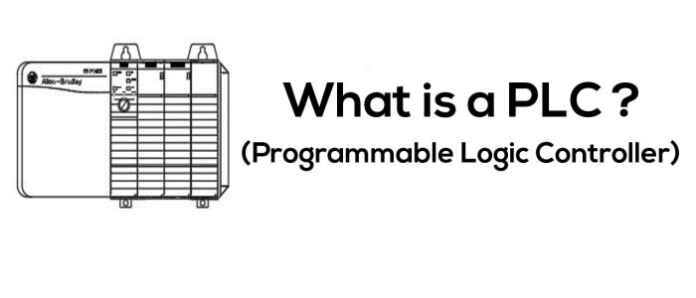
If required by your application, can the PLC handle analog inputs and outputs, or maybe a combination of both analog and discrete inputs and outputs?.

Will the PLC be able to manage the number of inputs and outputs that my application requires?.
#Oplc definition software

Other than cost, you must consider the following when deciding which one will best suit the needs of your application. There are many PLC systems on the market today. What Do I Need To Consider When Choosing A PLC? Instruction List (IL): A low level “assembler like” language that is based on similar instructions list languages found in a wide range of today’s PLCs. It has a language structure (syntax) that strongly resembles PASCAL and supports a wide range of standard functions and operators. Structured Text (ST) – A high level text language that encourages structured programming. FBD is very useful for expressing the interconnection of control system algorithms and logic. Initially programmed with simple contacts that simulated the opening and closing of relays, Ladder Logic programming has been expanded to include such functions as counters, timers, shift registers, and math operations.įunction Block Diagram (FBD) - A graphical language for depicting signal and data flows through re-usable function blocks. Ladder Diagram (LD) Traditional ladder logic is graphical programming language. The following table lists of some of languages that are used to program a PLC. While Ladder Logic is the most commonly used PLC programming language, it is not the only one. What Programming Language Is Used To Program A PLC?
#Oplc definition how to
The Central Processing Unit, the CPU, contains an internal program that tells the PLC how to perform the following functions:

That is, you can mix and match the types of Input and Output devices to best suit your application. However, the biggest benefit in using a PLC is the ability to change and replicate the operation or process while collecting and communicating vital information.Īnother advantage of a PLC system is that it is modular. A PROGRAMMABLE LOGIC CONTROLLER (PLC) is an industrial computer control system that continuously monitors the state of input devices and makes decisions based upon a custom program to control the state of output devices.Īlmost any production line, machine function, or process can be greatly enhanced using this type of control system.


 0 kommentar(er)
0 kommentar(er)
